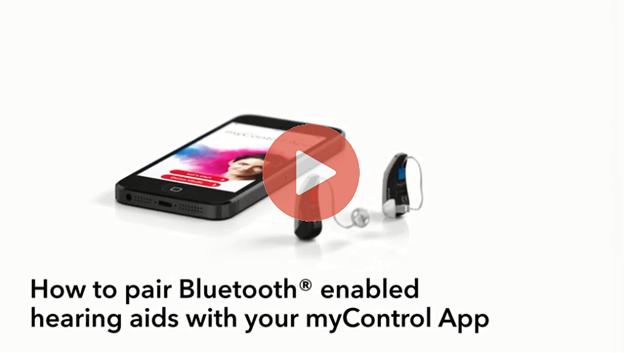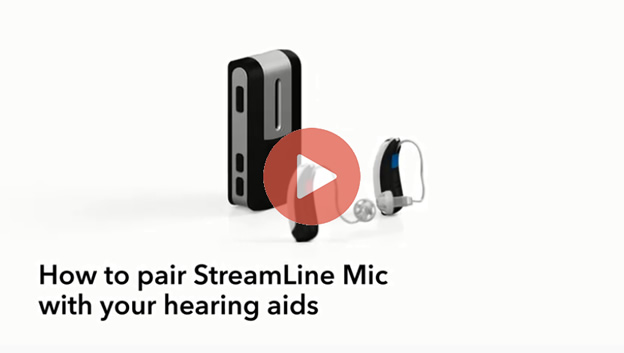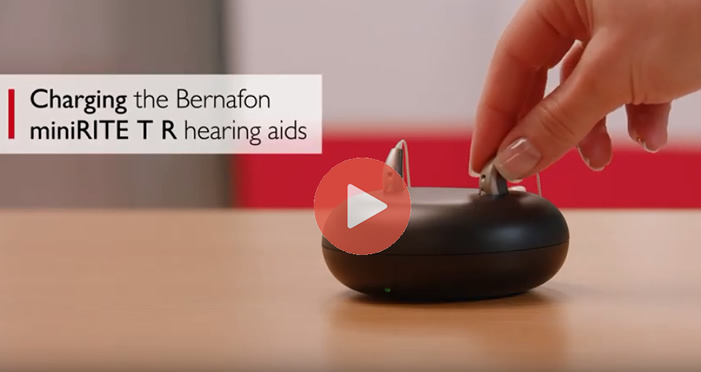No matter how old you are, it can be difficult to keep up with every technological advancement. Some entered the mainstream years ago and became standard, while other tech trends came and went. Flip-phones have faded into history, while things like Bluetooth are still used today.
However, sometimes keeping up with technology is necessary. Many of us have started learning how to use apps like FaceTime, WhatsApp, Spotify, and Netflix to watch television, stream music, and stay in touch with loved ones. If you are a hearing aid wearer you might feel like it’s impossible to utilize these features without hassle, but that’s not the truth. Many hearing aids have become more connective to keep up with rising trends.
The Need For Connectivity
If hearing aids stayed the same forever, they would become dated and hard to use. For this reason, we as a hearing aid manufacturer are constantly upping our game to make sure our wearers are comfortable and satisfied. Existing concepts like better audio quality and noise filters are improved, while newer features like Bluetooth connectivity and Own Voice Processing are built upon.
Connectivity has been a focus in recent years, and for good reason. As mentioned above, many people have begun using technology in unique ways. Much of our communication is handled digitally, and things like video calls are easier than ever. We can speak face-to-face without being there in person and enjoy conversations with faraway friends and family members.
However, many people with hearing aids have problems taking phone calls, and dislike using headphones and other clunky headsets. Phone reception and audio quality suffer from time to time, and the added hassle of hearing aids can worsen the issue. Smartphone compatibility comes into play here, improving the way you make calls and stream audio.
With the proper hearing aids, you can alleviate many of the downsides to using cellphones while wearing hearing aids. The ability to connect your hearing aids with your smartphones and televisions has become a selling point for many people. Many of us use our cellphones every day, why not make it easier?
How Hearing Aids Are Keeping Up
Made for iPhone Hearing Aids
While many hearing aid compatible phones already do feature some level of integration, we have been working to improve this, tailoring the experience to the phone’s operating system to create a more seamless experience. For example, Apple has enabled the “Made For iPhone” standard in certain hearing aids, which allows you to connect them directly with your smartphone. Find out more in our helpful tutorials on our Signia YouTube channel:
StreamLine Mic
Android users have similar options with our StreamLine Mic accessory. This accessory connects to your hearing aids and allows you to stream audio with no trouble. Applications also help with this, allowing users to toggle volume, sound quality, and other features from their phone. These days, Bluetooth has become the preferred method of connection, especially when working with wireless devices like hearing aids. The latest Signia hearing aids in particular feature Bluetooth-connectivity and direct streaming for phone calls.
easyTek
For hearing aids not equipped with Bluetooth connectivity, there’s another option. Many people who buy hearing aids don’t consider the need for Bluetooth until they realize they don’t have it. The solution is easyTek technology, which connects with both devices and acts as a conduit. Your phone and hearing aids both connect to the easyTek cord, which can be worn around the neck like a headset.
Non-Bluetooth Phones or Landlines
Those with non-Bluetooth phones or landlines can benefit from hearing aid integration as well. TwinPhone, a program based upon the AutoPhone feature of previous hearing aids, circumvents the need for a streaming device. A magnet is attached to the landline or cellphone receiver, and your hearing aids will detect the signature. As long as you’re in range, the TwinPhone program will activate, transferring the phone signal over a wireless link.
Making the Most of Connective Technology
With connective technology, you can make phone calls, stream audio, and use your phone how you want. Whether this involves FaceTiming, making business calls, or chatting with friends and family, having the freedom to use your phone freely is something many hearing aid wearers long for. However, connectivity doesn’t stop at your phone.
StreamLine TV
Many televisions can also use connective technology, allowing you to watch TV without hassle. No cords, no interference, and no rewinding. Bluetooth-enabled hearing aids can use Signia streamLineTV, which connects to your television and allows you to stream the audio straight to your hearing aids. You control your personal volume, and you can move freely to gather snacks and visit the restroom.
EasyTek technology also allows for this concept with earlier hearing aid models. This TV transmitter technology functions in the same way, directing the audio straight to your hearing aids. Between StreamLine TV and TV transmitters, everyone can enjoy their favorite shows without the frustration of background noise.
Whether you have age-related hearing loss or have been hard-of-hearing your whole life, it’s always worth your time to check out new developments. New technologies might allow you to use your phone, watch TV, and hear the world around you in brand-new ways. Signia offers connectivity no matter what platform you buy, and accessories like StreamLine TV can round out your hearing experience. Technology might be evolving quickly, but we’re matching their pace.
Article Source: https://www.signia-hearing.com/blog/entering-the-age-of-connectivity-with-hearing-aids/






